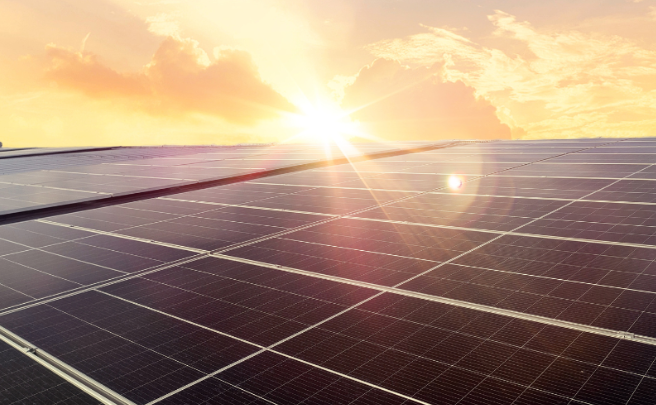In recent years, interest in renewable energy has surged across Singapore, with more homeowners exploring the benefits of installing a solar panel in Singapore. This growing trend is not only driven by environmental consciousness but also by the desire to achieve long-term energy savings. With advancements in solar technology and government support, solar energy is becoming more accessible to households throughout the island.
Understanding The Cost Structure
One of the primary considerations when evaluating solar energy is the upfront cost. The overall expenditure for a solar panel system typically includes equipment, installation, and maintenance. Solar panel prices vary depending on the type of panels, system size, brand, and installer’s service offerings. On average, a residential solar system in Singapore can cost between $10,000 and $20,000 for a typical landed property, although prices have been gradually declining due to economies of scale and increased competition among providers.
While the initial cost might seem substantial, many households view it as an investment with measurable returns. Solar panels can significantly reduce electricity bills, especially in a country like Singapore where air conditioning use is prevalent. Additionally, any excess electricity generated can be sold back to the grid through the Enhanced Central Intermediary Scheme (CIS), helping homeowners offset their costs even further.
Government Incentives And Support Schemes
The Singapore government has been actively promoting clean energy adoption through various grants and incentive programmes. One such initiative is the SolarNova programme, aimed at increasing solar energy deployment across public housing and government buildings. Although this programme targets larger-scale adoption, it sets the foundation for greater awareness and market development, which indirectly benefits homeowners as well.
Moreover, the Energy Market Authority (EMA) and Building and Construction Authority (BCA) have streamlined regulations to make solar panel installations more efficient and less administratively burdensome. With these efforts, the regulatory environment continues to evolve in favour of clean energy solutions.
Long-Term Savings And Return On Investment
While the upfront cost of solar installation is a key concern, the long-term savings cannot be overlooked. A typical solar system can last 25 to 30 years, during which homeowners will see a significant reduction in their monthly utility bills. Over time, the investment pays off, often yielding a break-even period of 6 to 10 years, depending on energy consumption levels and electricity tariffs.
Besides financial savings, household solar panels provide energy security and independence. In the face of rising electricity costs and potential disruptions in energy supply, having a solar-powered home offers greater stability and control. With Singapore’s abundant sunshine, even partial reliance on solar energy contributes to a greener and more resilient household.
Installation Considerations And Roof Suitability
Not every home is equally suited for solar panel installation. Factors such as roof orientation, shading from nearby buildings or trees, and available roof space can all impact the efficiency of a solar system. Most installers conduct site assessments to determine feasibility and recommend optimal configurations.
For landed properties, installing a solar panel roof can be a practical and aesthetically pleasing way to integrate clean energy into the home. These installations typically require minimal structural modifications and can be designed to blend seamlessly with the existing roof layout. Furthermore, technological advancements have made solar panels slimmer and more efficient, enabling higher energy yield even in limited space.
Environmental And Social Benefits
Beyond the financial and practical considerations, solar energy contributes significantly to Singapore’s broader environmental goals. Reducing reliance on fossil fuels helps lower carbon emissions and supports the country’s efforts towards achieving net-zero targets. By adopting solar solutions, homeowners not only benefit individually but also play a part in building a more sustainable future for the next generation.
Solar energy adoption also promotes social awareness and community engagement. As more households turn to renewable energy, it inspires neighbours and communities to consider similar solutions. The collective shift towards solar energy can drive larger-scale change and reinforce Singapore’s position as a leader in green innovation.
Conclusion
The economics of solar panel installation in Singapore present a compelling case for homeowners looking to balance sustainability with financial prudence. While the initial investment may seem steep, the long-term cost savings, government support, and environmental impact make it a worthy consideration for many. As technologies continue to improve and costs decline, solar energy is becoming an increasingly practical option for Singaporean households. Now is the time to explore how solar panel roof solutions can enhance both your home’s value and your contribution to a greener Singapore.
Contact Perry Management Clean Energy today and take the first step towards a cleaner, more energy-efficient lifestyle.

